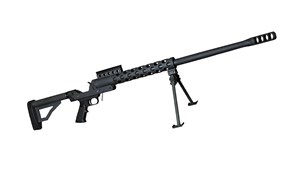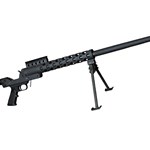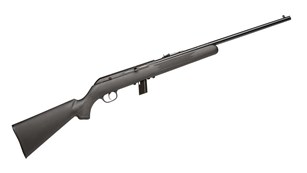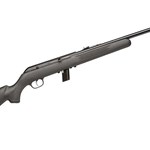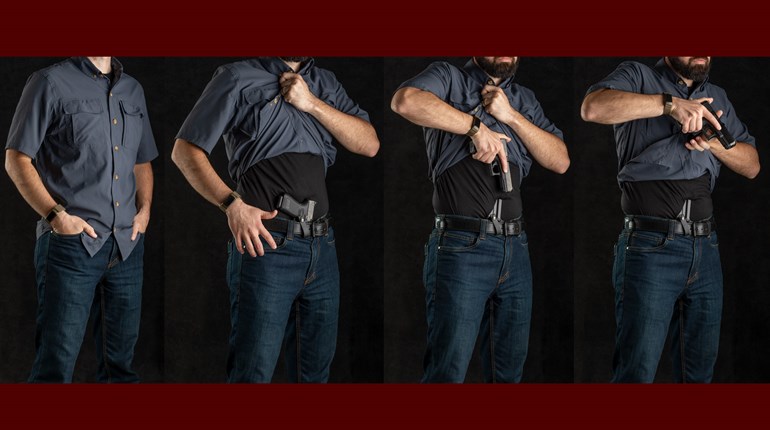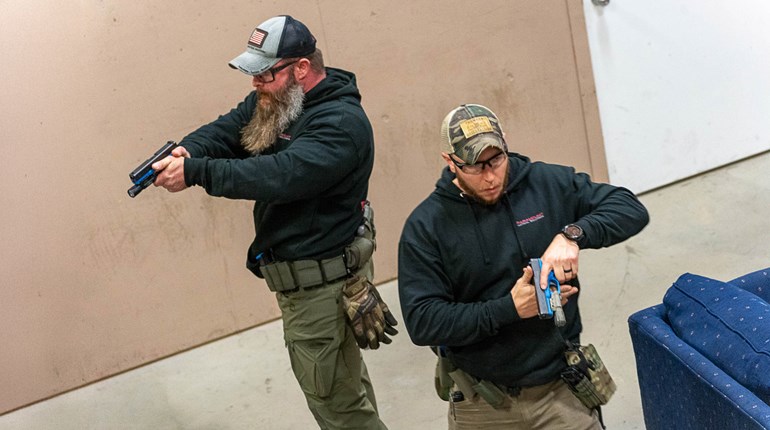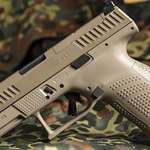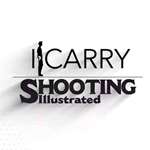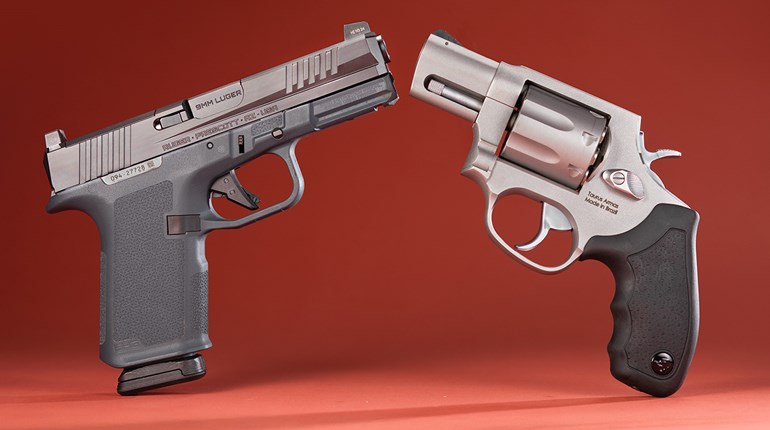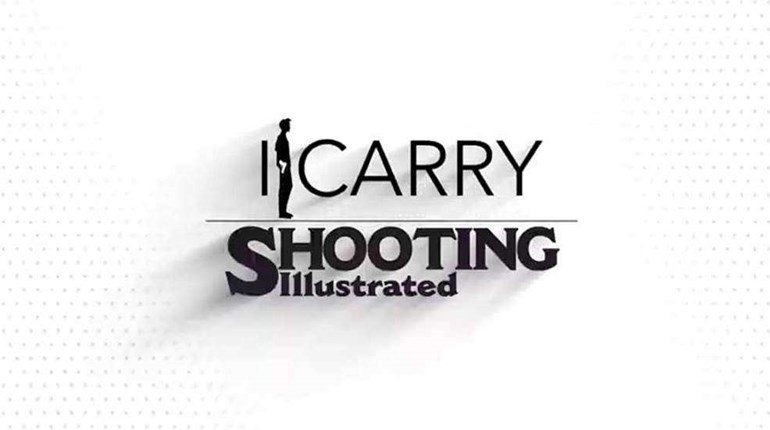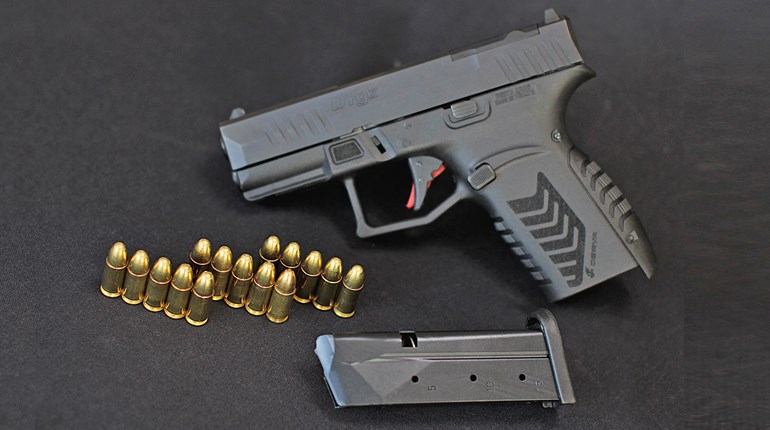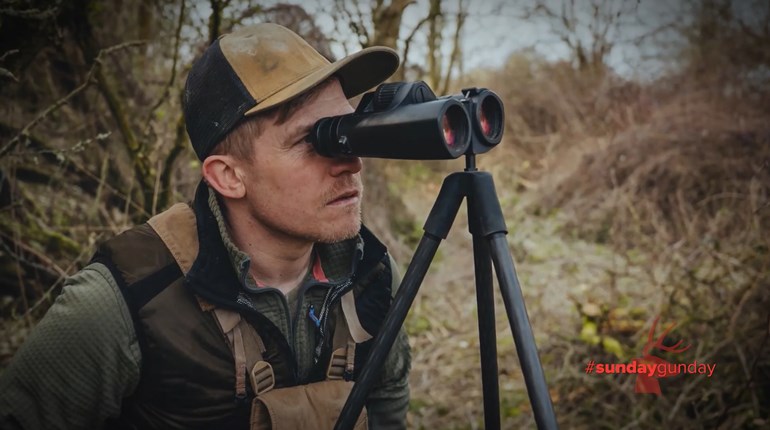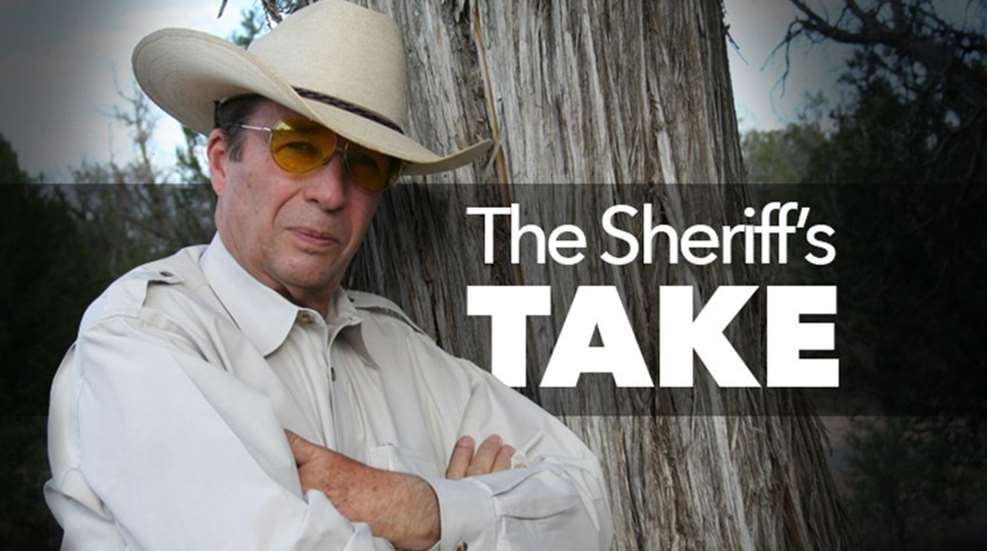
Take a minute the next time you are downtown or at the shopping mall, and notice how close people stand to each other when they are talking. We even allow total strangers to stand that close to use during a conversation. Usually, there is only a couple of feet distance between two people. Now imagine what happens when that conversation turns into a criminal attack.
Several things come to mind. It would be extremely difficult to draw and fire a handgun in the time it takes that other person to stab you with a knife or strike you with a blunt weapon. If the attacker goes for a gun first, he or she is more than likely going to get the first shot off. OK, so you say that crooks don’t practice as much a you do–but everybody’s a good shot up close.
One method that some crooks use is to try to engage you in some sort of conversation as they approach. This is designed to put you at ease and allow them to get as close as possible. When you see a stranger who is obviously approaching you, it is often a good idea to talk to them first. They will often stop their approach when they begin replying to you. While it is probably not a good idea to be rude to every stranger who approaches, it is certainly a good idea to use your business-like voice.
By all means, when questionable people are about to enter your private space, it is important to watch their hands. It is also important to be in Condition Orange–on extreme alert. That doesn’t mean that you draw your defensive handgun, but it might mean that you unfasten covering garments and get in a mental state preparatory to making a draw. You might even step over so that you have some object between you and the person approaching.
These close encounters also indicate that you might want to consider learning some sort of defensive blocking or striking technique. It should be practiced with the support hand and arm. You don’t necessarily need to be able to knock the person down, but it certainly helps to be able to surprise and throw an attacker off balance. Obviously, when being approached by a stranger, both of your hands should be empty–put down whatever you are carrying.
It should be clear that you may not be able to assume a classic shooting stance and use both hands on your defensive handgun. That support hand may be busy buying you time to make your draw. Therefore, it’s a really good idea to put in some time practicing shooting with just one hand on the gun. You may have to take your shot with the gun well below the line of sights. The shooting arm and elbow are held tight against the body and the gun is extended only slightly in front of the body.
Spend some time observing how people interact during conversations. Imagine what would happen if the conversation turned into a deadly attack and then work up your own plan. We can be prepared while still being polite and friendly–but you have to have a plan.




